July/August / Global
The Agenda: Design
Miami’s public-park renaissance and Paris’s arrondissement culture.
furniture — paris
Making an impression
Before housing Delcourt Collection’s furniture showroom, 47 Rue de Babylone in Paris’s 7th arrondissement was home to a photo-developing studio and, before that a piano factory. So it’s no wonder that, when monocle pushes through the heavy doors leading from the street into the courtyard, there’s an instant sense that this is a space dedicated to craftsmanship.
It was this ambience that attracted Christophe Delcourt when he moved his Paris studio here. “I love its 19th-century-style architecture made from wood and bricks,” says Delcourt of the building housing his office and showroom. “It’s a true atelier made for production.”
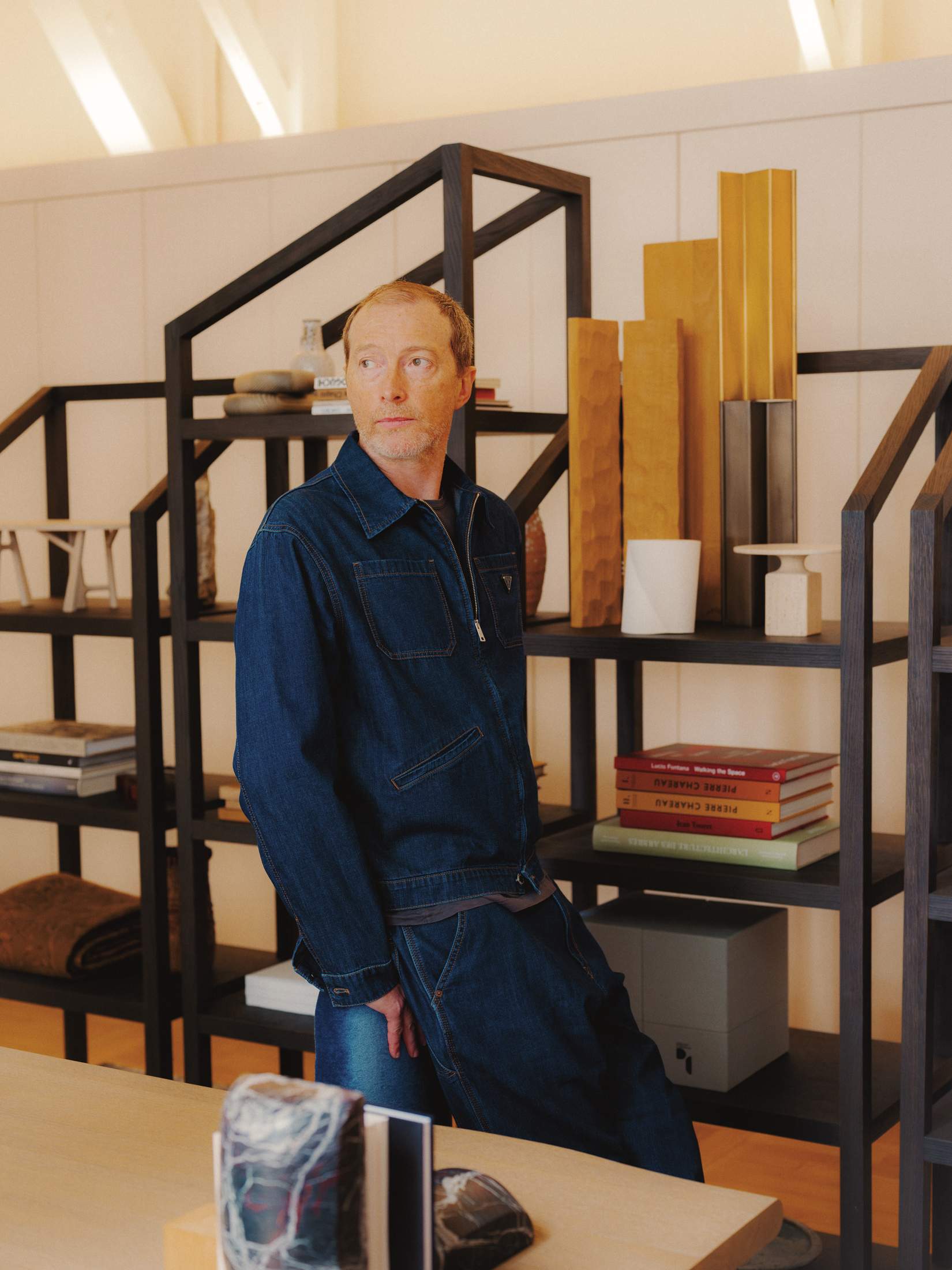
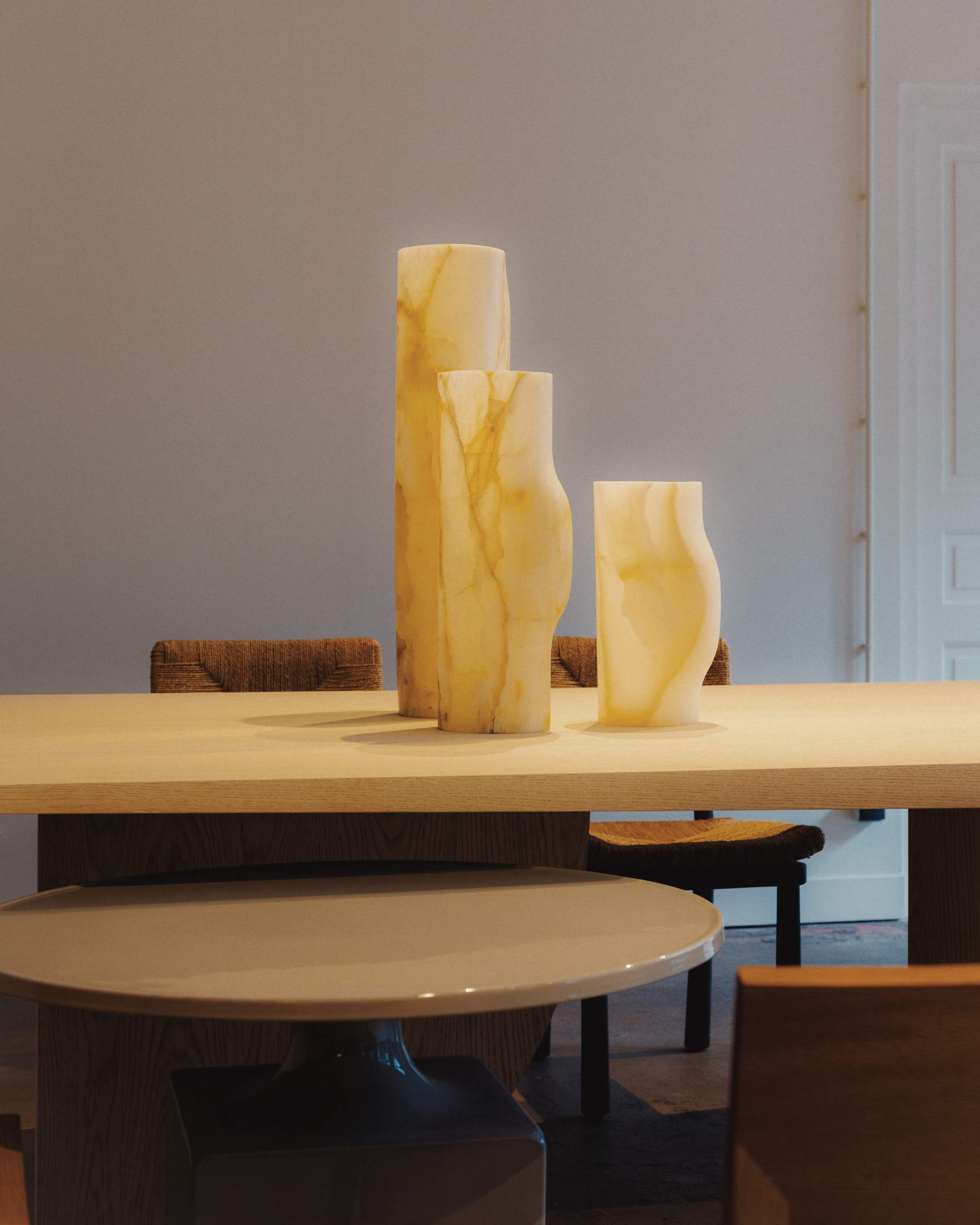
It’s an appropriate space for Delcourt to have set up shop, given that he cut his teeth making his own furniture designs by hand, using mostly metal and wood. Today, however, he’s no longer on the tools. Instead, he meets clients in this space, where he draws exceptional furniture pieces and then produces them in collaboration with artisans across France.
“I used to be shy as a designer – too worried about how the pieces would come together, which limited creativity,” he says. “Today I have a liberated creative process because I am supported by the techniques and know-hows of the artisans I work with; the bigger the challenge, the more they are motivated.”
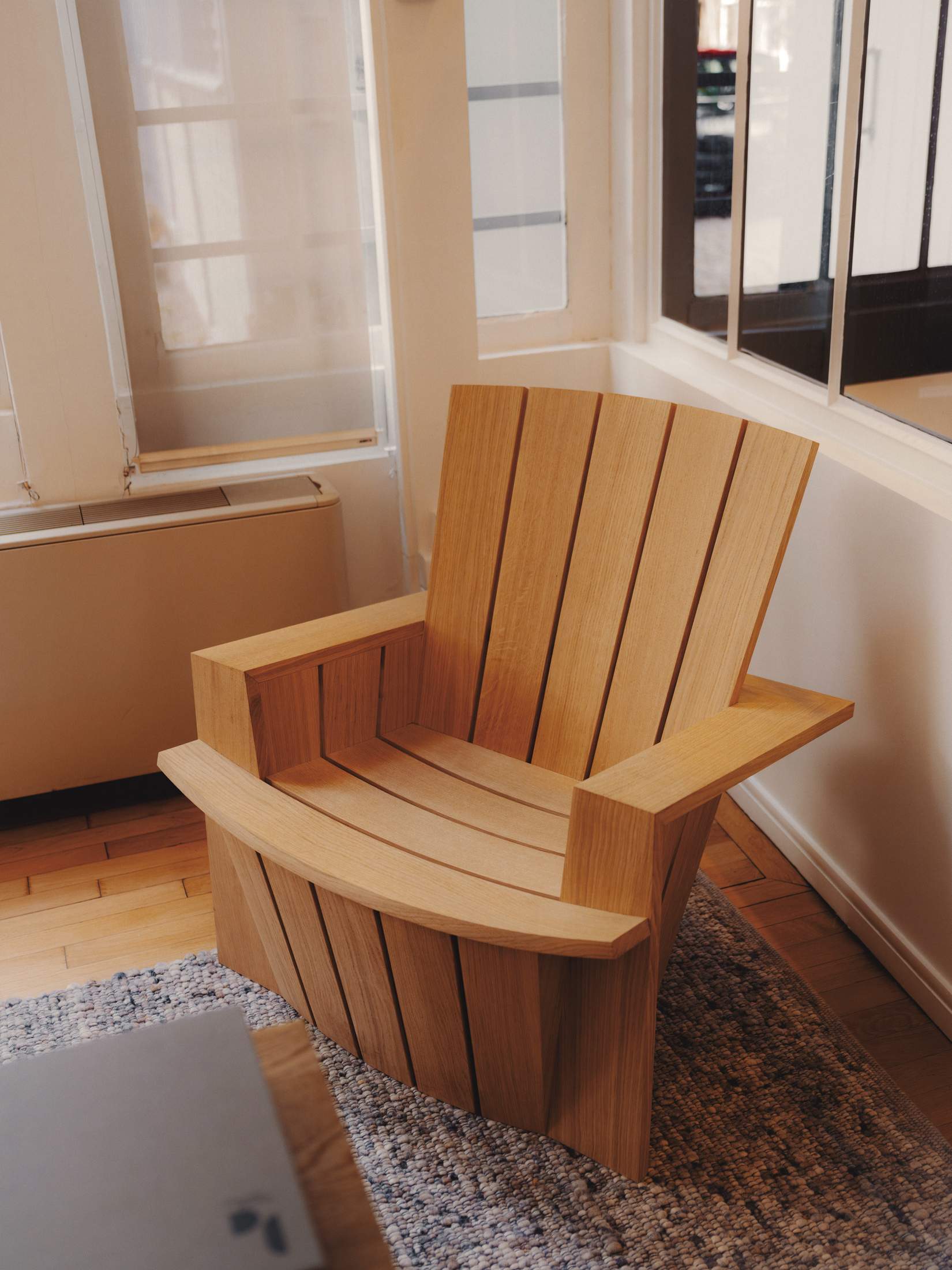
This love for the complex is easily seen in the pieces around the showroom. The Nin table, for instance, has a long, flat surface, with a base that echoes tree branches in a forest. “I’m lucky to live in the countryside, where there are beautiful trees that were planted 400 years ago,” says Delcourt. “For Nin, I was inspired by a cluster of Thuja trees planted so close together that, over time, the branches have all intertwined.”
Though Delcourt might now live in a rural area and work with artisans across the country, Paris – the city where he was born and raised – still has an influence on his work. He tells monocle that his vision of Parisian elegance in design is the nonchalant art of mixing pieces from different designers and decades.
In reflecting this ethos, the designer doesn’t show the entirety of his collection in his Rue de Babylone space but rather displays a selection of pieces. “In Paris, we really love the idea of mélange,” says Delcourt. “We mix eras, shapes and materials, and we aren’t afraid to blend the personal objects with signed pieces.”
christophedelcourt.com
comment — paris
Comfort zones
Let’s face it, Parisians are prejudiced about many topics: clothes, food, jobs (writes Iban Raïs). But the one thing we’re most judgemental about? The arrondissements. Each of the 20 districts have their own rules, style, architecture and cultural life. And so, the arrondissement that a person chooses to live in says a lot about who they are.
Do you live in the 15th? You probably work in finance and have a penchant for sleeveless puffer jackets. Did you just move to the 6th, in Saint-Germain-des-Prés? You want people to know that you enjoy art and old bookshops, and that you’re happy to pay €10 for a latte at the mythical Café de Flore.
Years ago, I made the decision to move to the 11th. This eastern arrondissement is a village with huge social diversity: artists, students and creative people all live together peacefully in an area stretching from Bastille to République square. Here, you can buy the best baguette in town at Gana bakery and enjoy a delicious coffee at On Partage on Rue de Charonne. A short walk away is Mika’s barber shop, where you can gossip about footballers (he cuts the hair of footballers who play for Paris Saint-Germain).
These opportunities afforded in the 11th are personally significant because they reflect my tastes. Perhaps, secretly, I want people to know that I appreciate a busy food scene and a vibrant street life, and my choice of locale does just that. It’s a reminder that where we live is as much about who we are as who we want to be – something that Paris’s varied arrondissements afford. —
Raïs is a writer based in Paris. For more on the city’s design scene, pick up Monocle’s dedicated Paris newspaper at monocle.com/shop
urbanism — miami
Line of vision
The newest phase of Miami’s The Underline is now open. Landscape architecture studio Gardner 1 Semler extended the initial stretch completed in 2021, helping to transform the vacant land beneath the city’s elevated railway into what will eventually be a 16km linear park and urban trail featuring protected bike and walking lanes, basketball courts, nature and dog parks. The goal is to reclaim an otherwise abandoned space for the city’s residents.

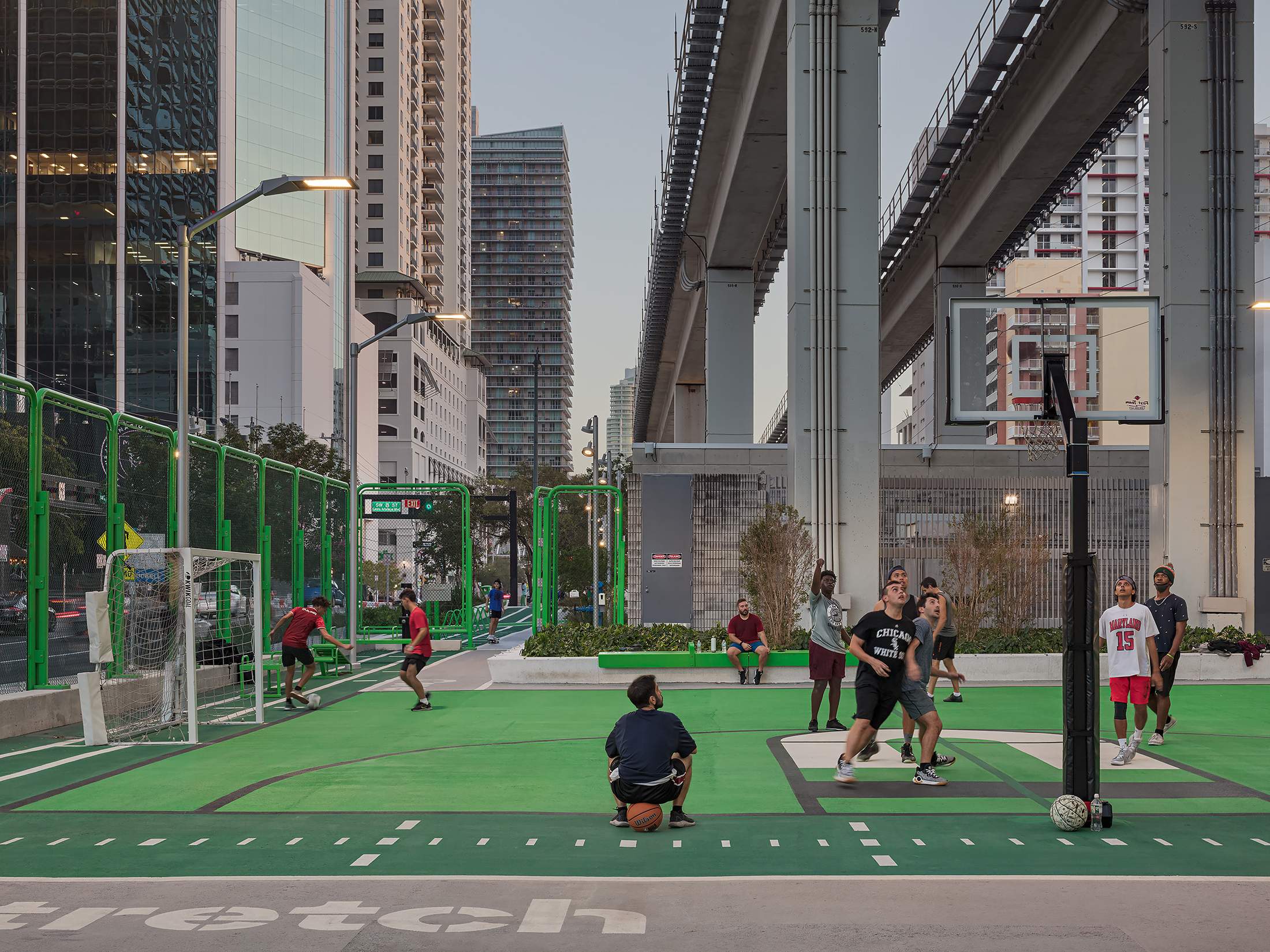
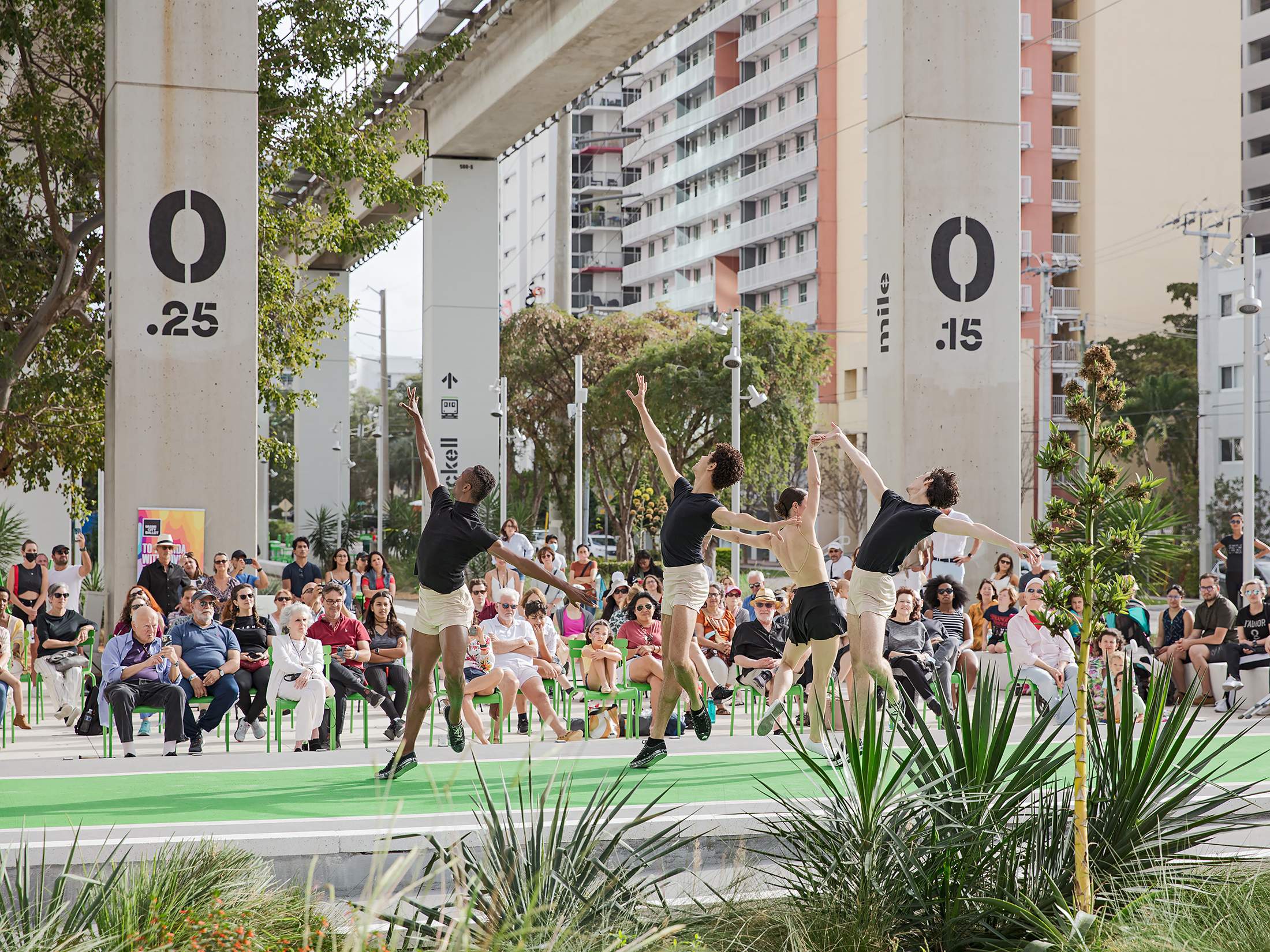
“It’s a citizen-led movement to transform the way we live in our city,” says Meg Daly, founder of the namesake community group that conceived the project. Daly’s team prioritised community consultation to ensure that the plan serves residents. “This phase went through more single- family residential areas, so our focus became about native planting and bringing back birds, bees and butterflies.”
This brief from Daly resulted in Gardner 1 Semler planting 100,000 native plants and 1,000 trees, increasing canopy cover by 36 per cent; it also added a children’s playground. These outcomes highlight the opportunity that brownfield developments present in our cities, showing how forgotten pockets of urbanity can be transformed to serve the community and wider ecosystem.
theunderline.org; gsladesign.com
On DESIGN
nic monisse on...
The need to embellish
I’m prone to exaggeration in my personal life, hamming up stories for comic effect. Professionally, however, I’m careful to ensure that it doesn’t creep into my work (after all, as a journalist, I’m in the business of accuracy). And, when I was a designer in a past life, exaggeration was all but stamped out of me. Simplicity and understatement were the hallmarks of the timeless designs to which I aspired.
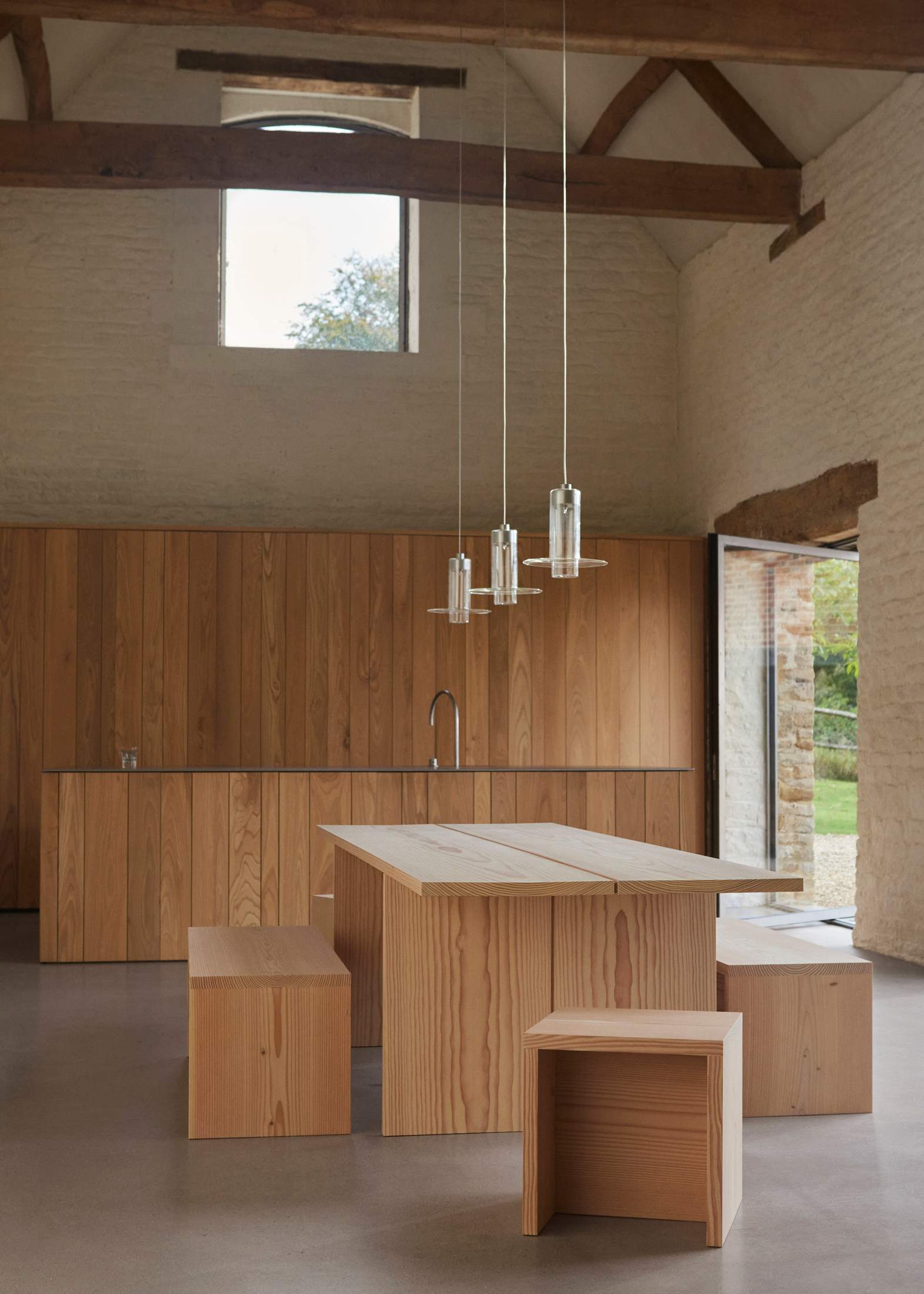
But a recent conversation with John Pawson – the legendary minimalist British designer – turned everything on its head. “I am sometimes worried that I exaggerate too much,” Pawson told me, referring to a portfolio of work that, on closer inspection, includes a host of exaggerated elements. There are galleries with grand stone frontages, offices with striking white walls and, in the case of his own home, 15-metre-long Dinesen Douglas fir floorboards connecting several rooms. The latter led to the creation of a new line of furniture with Dinesen, a Danish timber specialist, featuring dining tables, benches, sofas and daybeds made from impressive lengths of Douglas fir and oak.
“If you stand on these wooden floorboards that are 15 metres long and half-a-metre wide, you feel different,” says Pawson of the decision to use them. “With the furniture too, it’s not some little piece of wood but an impressive piece of timber that can change how you feel.”
However, Pawson is keen to impress that exaggeration needs to be employed in the right place and at the right time. Perhaps it doesn’t have a place in my journalism but maybe I can continue to roll it out at the pub. “Did I tell you about the time I met John Pawson? No? Boy, do I have a story for you.” —


